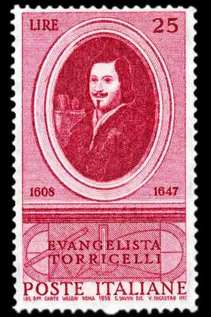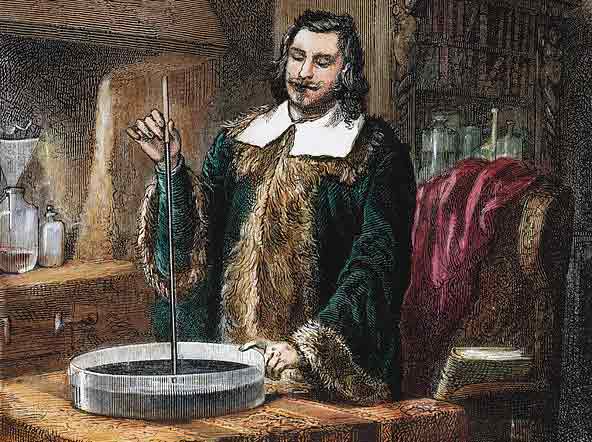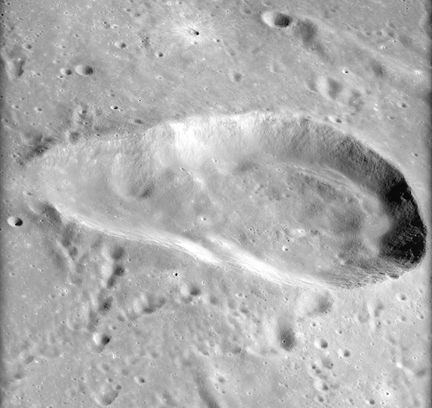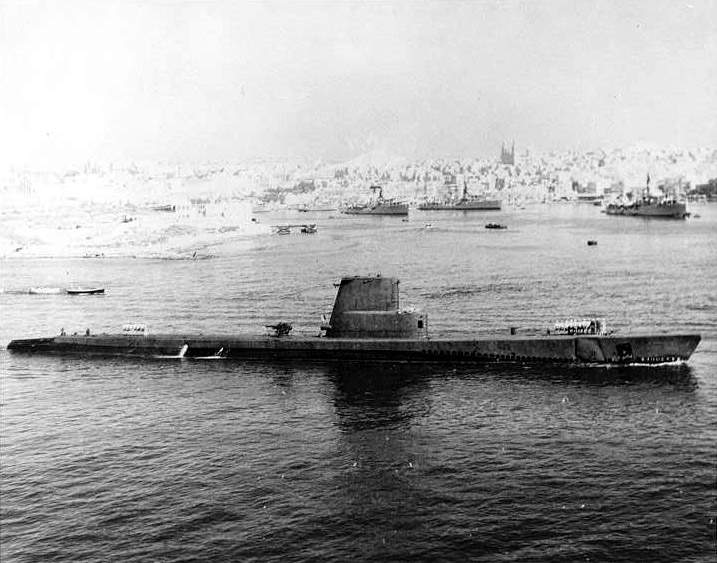 Evangelista Torricelli was born Oct. 15, 1608 in Faenza, Romagna. He was an Italian physicist and mathematician who invented the barometer, a device that measures atmospheric pressure, commonly used in forecasting changes in the weather. The catalyst for inventing the barometer was spurred on my a suggestion by Galileo that Torricelli use mercury in place of water for his vacuum experiments. After reading his papers in 1641, Galileo invited Torricelli to Florence, where he became the aging astronomer's secretary and assistant during the last three months of Galileo’s life. After Galileo's death, Torricelli was appointed as his successor as professor of mathematics at the Florentine Academy. Two years later, pursuing the suggestion by Galileo, he filled a glass tube 4 feet (1.2 m) long with mercury and inverted the tube into a dish. He observed that some of the mercury did not flow out and that the space above the mercury in the tube was a vacuum. Torricelli became the first man to create a sustained vacuum. His observations proved that the variation of the height of the mercury from day to day was caused by changes in atmospheric pressure. He never published his findings, however, because he was too deeply involved in the study of pure mathematics. Since atmospheric pressure also changes with altitude, Torricelli's barometer also could be used as an altimeter. Torricelli died Oct. 25, 1647 in Florence at a mere 39 years old. As a further honor, Torricelli had both a crater on the moon and a submarine named after him... Play the video to see how Torricelli's experiment worked.
|
On Amazon:
|






 RSS Feed
RSS Feed
